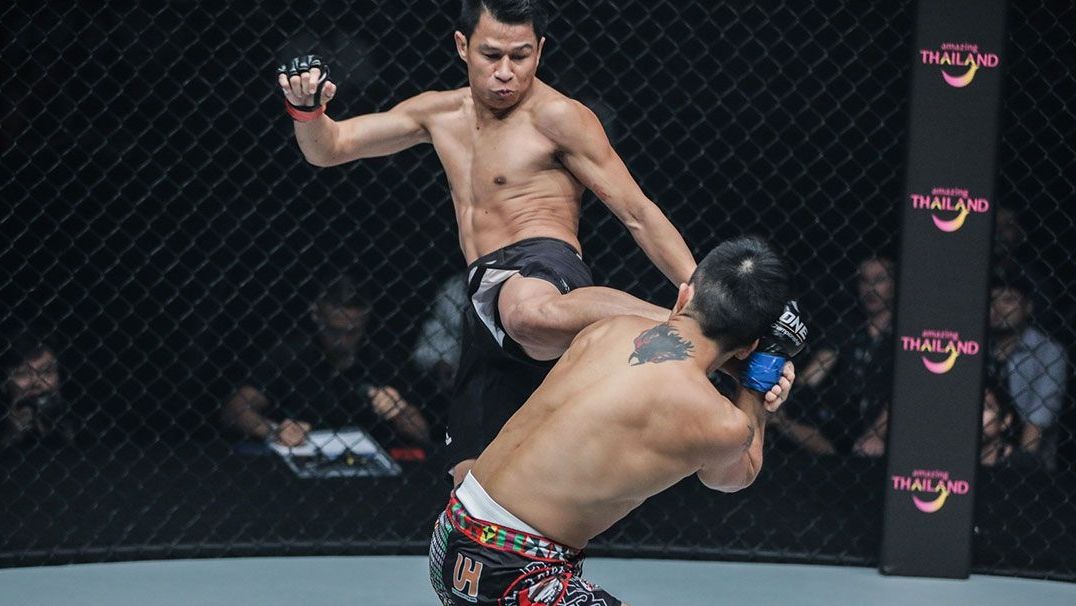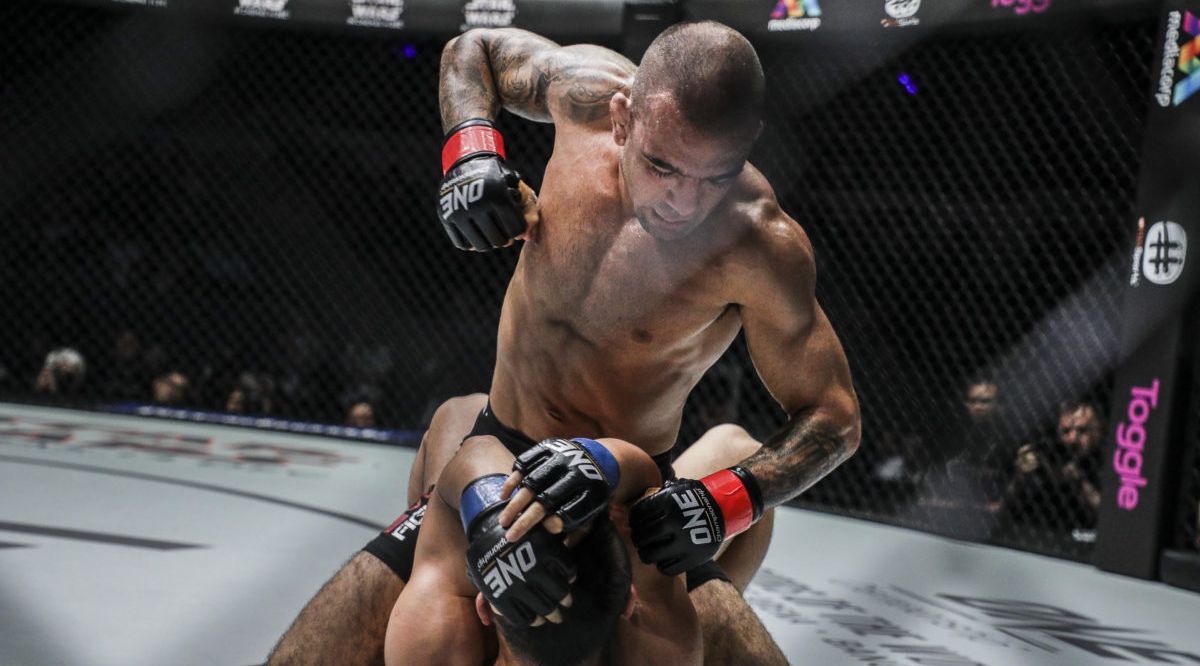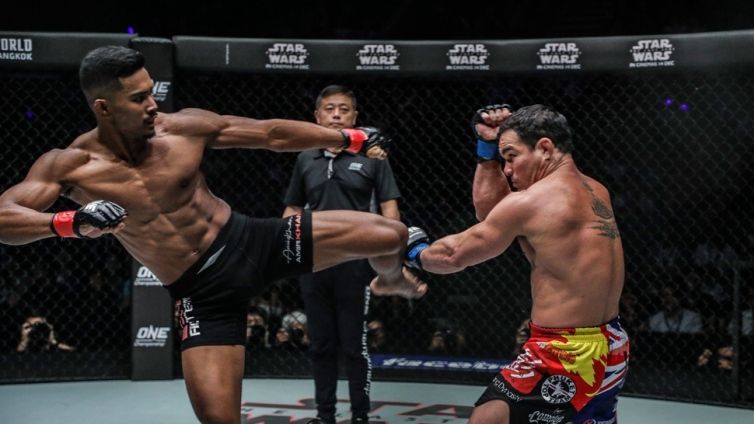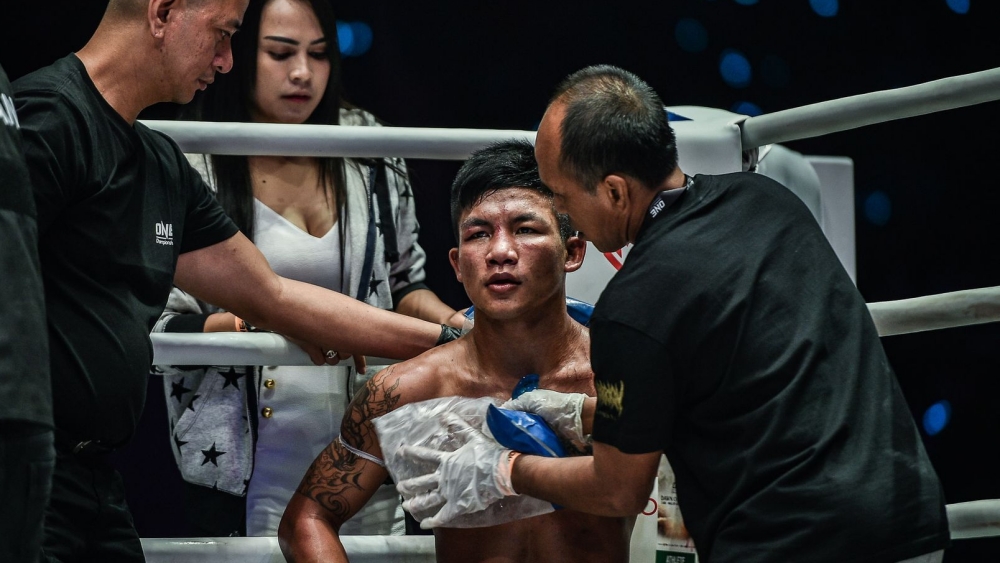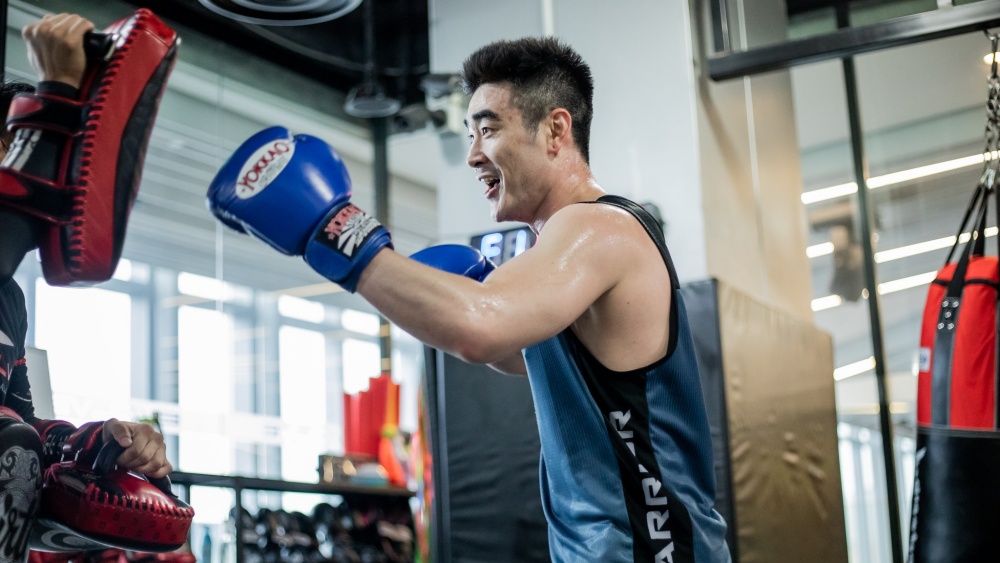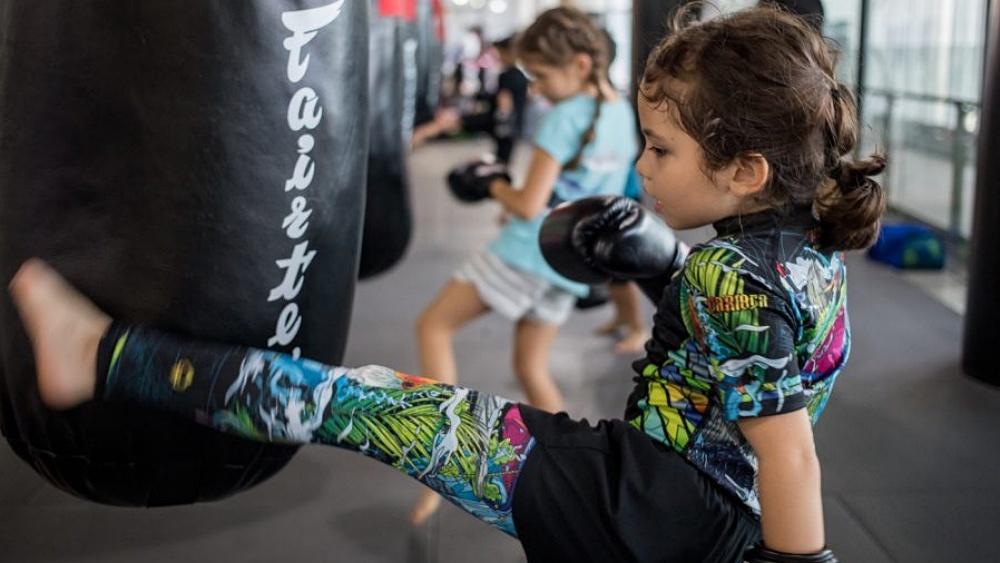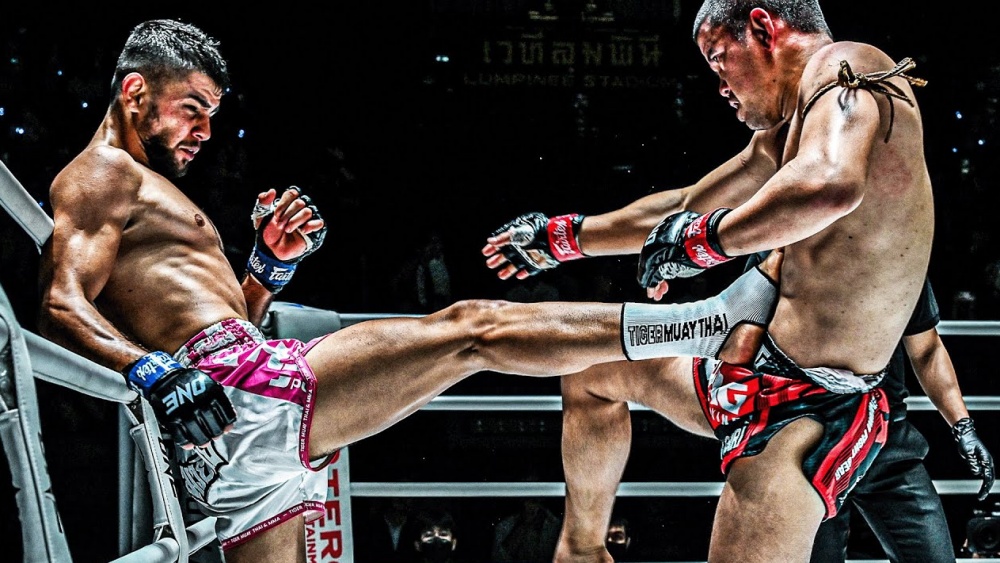At some point in your MMA career, you will experience envy. Whether you are envious of another fighter’s formidable punching power – or another’s excellent escapes from side control – at some point, you will want what they have. This is a natural part of being a fighter. Your training partners, coaches, or even some of the new guys in the gym will feel or have felt the same way at one point or another.
Envy doesn’t always have to come with a negative brand. There are certain things that we can envy that lead us to improve our game. For example, wishing to aspire to the same level of wrestling that another fighter has can push us to dedicate more time to the mat. Then again, there are other things that we simply cannot change, no matter how much we practice. Things like height and reach.
With height and reach advantages being two of the most desirable physical attributes in the cage, you would think that both can almost immediately turn you into a better mixed martial artist.
The question is, can they?
Height And Reach Advantages – Pros
There is no getting around the fact that there are tangible benefits to height and reach advantages in MMA.
In simple terms, a longer reach can make it easier to land on your opponents. It can make it more difficult for them to land on you, too. With height and reach advantages, shorter opponents can find it very troubling when it comes to working their way inside, given that the taller fighter can hit from outside of range.
It is not only punches that can be difficult to land for a shorter opponent against a lankier foe. Takedown attempts can also be scuffed easier by longer fighters as they have the luxury of not needing to fight as close to the target – a benefit of their reach advantage. There are many fighters in MMA that possess these attributes and use them to their advantage at will, making them a more dangerous prospect in the process.
Height is rarely advantageous when it comes to a fight, but a long reach is certainly a very considerable benefit. Understanding that the taller fighter doesn’t always have the longer reach is important here, too. There have been a number of fighters in MMA over the years that have had long reaches, despite being modest heights for their weight class.
Height And Reach Advantages – Cons
A shorter fighter with a shorter reach can certainly feel a little lost when battling someone without such problems.
If fighters with the height and reach disadvantages cannot work their way past the long jabs, for example, they will be kept at the end of the spear and will be pretty much ineffective without access to their target. That said, fighters with the shorter reach can certainly do a lot of damage once they figure a way to work past the longer limbs and into range for firing shots.
In boxing, the exchanges between fighters of varying reach lengths usually follow the same patterns. Most notably, the fighter with the longer reach uses his jab to hold off the fighter with the shorter reach, with that fighter trying to work inside the taller/longer reach fighter. Once inside, the advantage is nullified, and the fighter with the shorter reach targets the body and head with hooks and uppercuts. Think Mike Tyson’s style of fighting against taller and rangier opponents. Being taller usually means a larger and longer torso, and thus a bigger target that’s more susceptible to body shots.
In MMA, the principles are almost the same, with the exception of the quality of each fighter’s grappling skills. A fighter with a longer range who cannot fight on the inside will suffer if his advantage is taken away from him.
Exceptional Fighters With Long Reaches
There have been a number of fighters in recent MMA history that have made their long reaches work for them. Then again, there have been some who have not.
The first name that comes to mind when we think of long reach is Jon Jones, who has a monstrous 84.5″ reach for someone who stands at 6’4″. On the other hand, Stefan Struve – who stands at 7’0″ – has the same reach but could never really use it in the right way. Jones’ ability to use his reach advantage with smart fighting – and a great understanding of distance and range – has helped him become arguably the greatest mixed martial artist of all time.
Other fighters that have profited from a reach advantage over their opponents include Conor McGregor, Georges St-Pierre, Francis Ngannou, and Tony Ferguson. All of these fighters enjoy reaches that are exceptional for their height and are all very successful in executing game plans based on using their reach.
McGregor is a good example. Not only did he have a reach advantage over almost every single opponent he has ever faced, but, while fighting at 145-pounds, he also had a pretty strong height advantage, too. This made him a very effective counter striker and allowed him to pinpoint shots at smaller opponents. The former UFC featherweight champion would have had a tougher time in his UFC early days without these attributes.
To say that a long reach or a tall frame can make you a better mixed martial artist overnight is untrue. Advantages are only ever to a fighter’s power if that fighter knows how to use them. A fighter can have every natural advantage there is but still lose to a better and smarter opponent.
We have seen short, stocky fighters cause as much damage inside the cage than longer, rangier fighters. The key is, of course, to be effective when it comes to making what works best for you.
You may also like:

